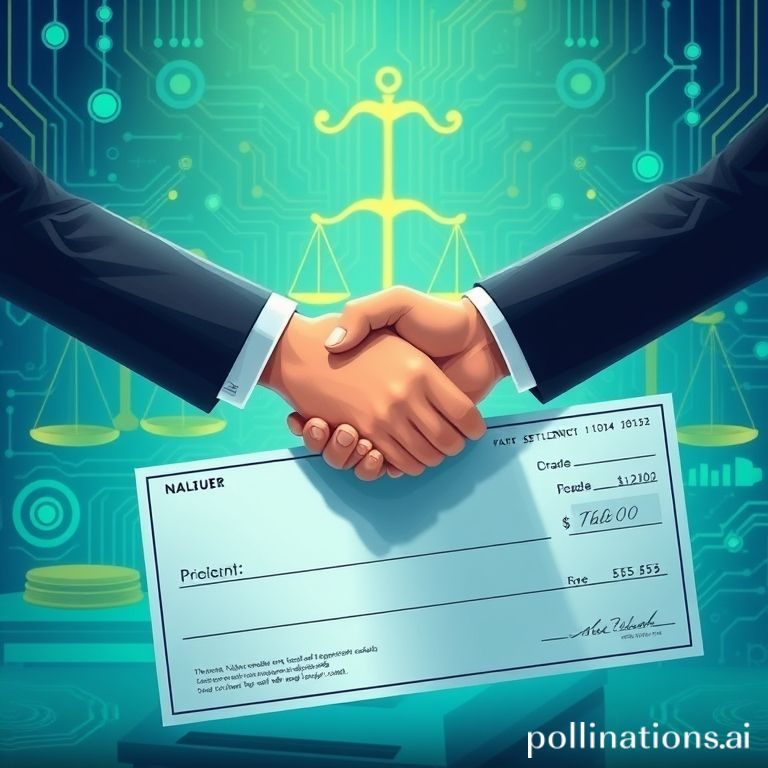
The news of the Ripple vs. SEC lawsuit officially concluding marks a pivotal moment for the cryptocurrency industry, signaling the end of a protracted legal battle that has cast a long shadow over XRP and the broader digital asset market for several years. This significant development comes as former SEC lawyer Marc Fagel confirmed that Ripple has successfully transferred the $125 million monetary penalty to the U.S. Treasury, effectively drawing the curtain on one of the most closely watched legal disputes in the fintech space. The payment finalizes a chapter of regulatory uncertainty, allowing Ripple to fully focus on its business operations without the burden of ongoing litigation.
The Finality of Payment: A Detailed Look
The confirmation of the $125 million payment brings an unequivocal end to the legal proceedings. Marc Fagel, through an update on social media platform X, shared a crucial letter addressed to Judge Analisa Torres. This document elucidated the agreement between both Ripple and the U.S. Securities and Exchange Commission (SEC) to release funds from an escrow account. These funds were specifically designated for Ripple to fulfill its court-ordered financial obligation, which included the penalty sum along with statutory interest. The letter explicitly detailed that the SEC had provided the necessary wire transfer instructions, prompting Ripple to direct its bank to initiate the payment. Confirmation from the bank regarding the successful release of the agreed-upon amount solidified the completion of the transaction. Following this, any remaining balance within the escrow fund was appropriately returned to Ripple, bringing all formal procedures related to the case to a definitive close. This meticulous process ensures that all financial stipulations stemming from the judgment have been met, removing any lingering ambiguities regarding the monetary aspect of the verdict.
A Long-Awaited Conclusion to Years of Litigation
The journey to this final payment has been extensive, marked by intense legal arguments and significant market speculation. The lawsuit, initiated by the SEC, alleged that Ripple's sales of XRP constituted unregistered securities offerings. Ripple, conversely, consistently argued that XRP is not a security but a digital asset used for facilitating global payments. This fundamental disagreement formed the core of the legal battle, creating a precedent-setting case with far-reaching implications for how other cryptocurrencies might be classified and regulated in the United States. The initial rulings provided some clarity, with Judge Torres making a distinction between institutional sales (deemed securities) and programmatic sales on exchanges (not deemed securities), a nuanced decision that offered a partial victory for Ripple and sparked considerable discussion across the crypto community.
The Appeal That Never Fully Materialized
The resolution of the case follows the Court of Appeals' approval of motions from both Ripple and the SEC to dismiss their respective appeals last month. The $125 million penalty had been held in escrow, a measure Ripple sought as an injunction to prevent immediate payment while an appeal was pending. The crypto firm hoped that an appeal could potentially lead to a reduction of the sum. However, the anticipated appeal trajectory shifted. The original text refers to "the emergence of a pro-crypto SEC administration following Trump’s return to the White House led to a settlement between both parties." While this specific political outcome is a future speculation in the context of the article's source, the fact presented is that a settlement was indeed reached, leading to the dismissal of appeals. Despite this settlement agreement, Judge Torres ultimately decided against adopting it in its entirety, instead reaffirming her earlier judgment that Ripple must still pay the full $125 million penalty. Consequently, both parties collaboratively agreed to dismiss their appeals and adhere to Judge Torres’ final ruling, prioritizing an end to the litigation over further prolonging the legal process. This decision underscored a mutual desire to move past the courtroom disputes and allow the crypto firm to operate with greater regulatory certainty.
Beyond the Lawsuit: Impact on XRP Price Dynamics
With the lawsuit officially concluded, legal expert Bill Morgan highlighted a crucial paradigm shift for XRP. He remarked that the "Ripple vs. SEC lawsuit excuse" can no longer be invoked to explain any perceived lack of XRP adoption or stagnant price action. For years, the ongoing litigation served as a convenient explanation for XRP's underperformance compared to other major altcoins, with regulatory uncertainty acting as a significant deterrent for potential investors and institutional adoption. The ending of the lawsuit, therefore, removes this major overhang, placing the onus squarely on market fundamentals and broader cryptocurrency trends for XRP's future price movements.
Indeed, following the joint motion to dismiss the case, XRP experienced a notable rally, surging to highs of $3.4. However, this surge proved to be temporary, with the altcoin subsequently trading below this level. Morgan’s observations underscore that XRP’s current decline is largely attributable to its heavy correlation with Bitcoin, a common phenomenon in the crypto market where Bitcoin's price movements often dictate the trajectory of other digital assets. Despite several positive fundamental developments emerging for XRP, its price has continued to trend downwards during periods of broader market correction. At the time of this report, the XRP price is approximately $2.87, reflecting a downturn over the last 24 hours, consistent with the general market sentiment and a clear indication that, moving forward, XRP's valuation will be increasingly influenced by macroeconomic factors, technological advancements, and overall market demand, rather than the specter of legal battles. This shift marks a new era for XRP, where its value proposition will be tested on its own merits in a clearer regulatory environment. The crypto community will now be watching to see how Ripple leverages this newfound clarity to expand its utility and foster greater adoption of XRP in the global financial landscape.
